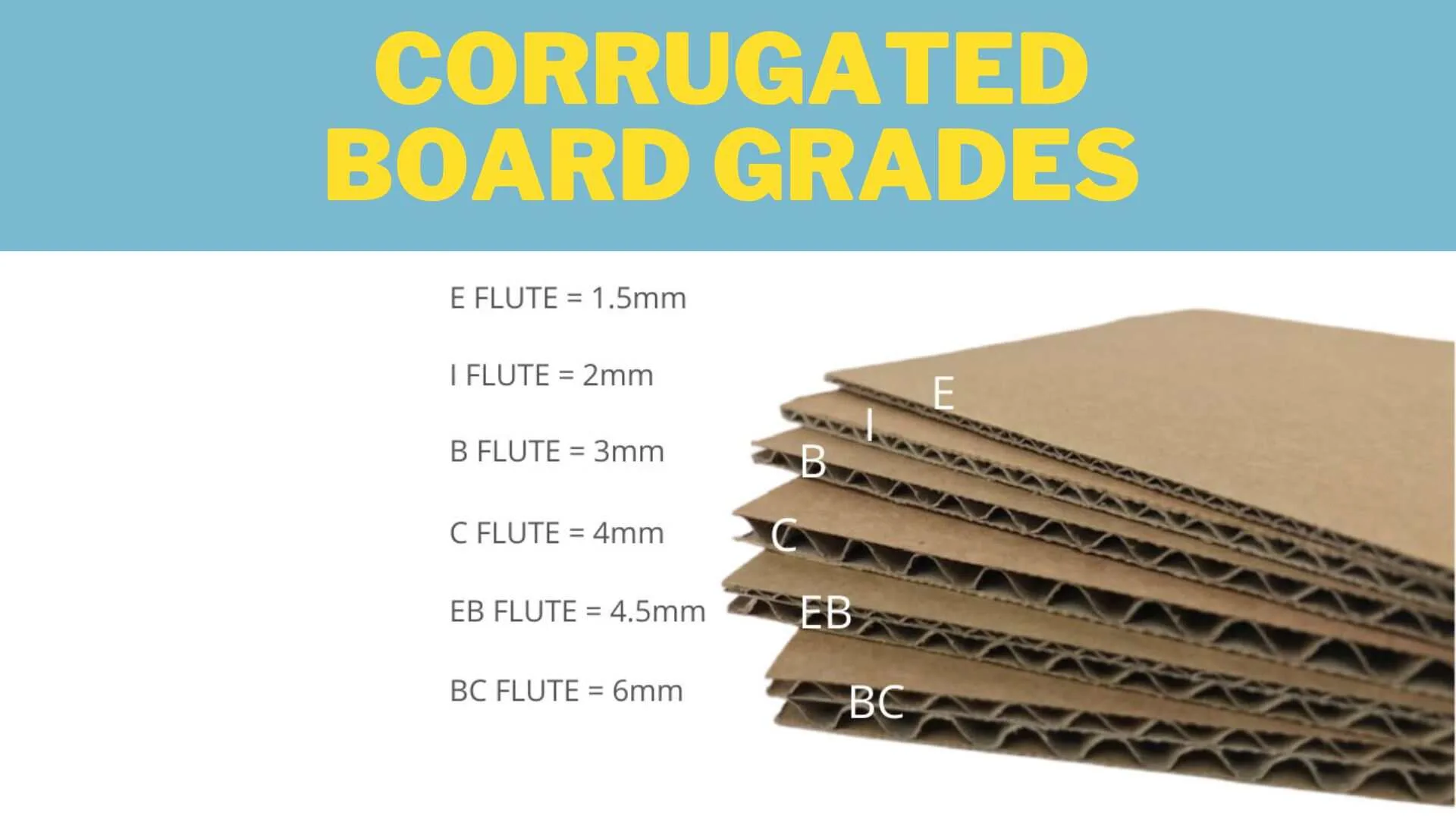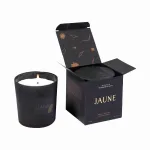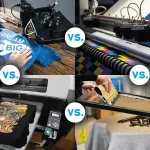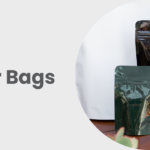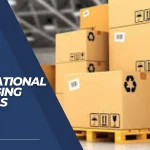Regarding packaging, you should be very conscious of your reputation. Your packaging material and style will define your brand’s devotion. Therefore, quality should never be compromised. The pro tip is that you should choose the top-notch services and perfect material for your packaging needs. This strategy will make you shine in your clientele. By applying such sophisticated tricks to your company, you not only build a remarkable image but also help your clients to trust your brand name.
One of the most used materials for packaging boxes is cardboard. It’s strong, yet it’s also simple to cut, bend, fold, or drill. Corrugated boards are available in various strengths, thicknesses, materials, and performance capacities, and they serve various purposes depending on what you purchase. This guide will teach you all you need to know about corrugated boards to pick suitable cardboard.
What is Corrugated Board?
You will deeply connect with corrugated boxes if you are a producing company. Packaging and presentation of your products is the critical element of your quality. Therefore, the material you choose for packaging your goods requires uniqueness and reliability. When it comes to the packaging of products, the box should be strong enough to protect them and ensure their secure shipment to the clients.
A corrugated board is a particular sort of cardboard with a unique composition. Each sheet of corrugated cardboard comprises three parts: one sheet of corrugated (also known as ‘ridged’ or ‘crimped’) material glued between two layers of paper, also known as the outer and inner liners. This underlying corrugated layer gives stiffness, strength, and stability.
Each side of the fluted material is attached to the flat paper liner during manufacturing. The glue holds the flutes in situ and gives strength and solidity to the sheets.
What is The Material Used in The Manufacture of Corrugated Cardboard?
As we know, people are more aware today than ever before. Your customers have background knowledge of everything they want to purchase. This modern and advanced awareness has made selling tricky. To sell your products, you should be perfect in every domain. First and foremost, your products’ appearance and packaging catch your client’s attention. Therefore, the initial impression should be the best. But how? How can you justify that your product is worth purchasing? The answer is quite simple. You can modify your packaging system. You may use reliable and robust material that awakes a sense of durability in the mind of your customers. At this point, corrugated cardboard packaging serves the best.
One important aspect that governs the qualities of the corrugated material is the variety of paper chosen. Despite the widespread use of cardboard, two main types of paper are commonly used for the liners. These are known as:
Kraft and Test liners.
Kraft
Softwood trees are used to make Kraft paper. Because of the “virgin” fibers, it is the strongest and simplest to print on. As a result, it is the most broadly applied exterior liner for producing corrugated boxes and packaging.
Test Paper
Test paper is a double-layered (or duplex) paper. Because Test paper is recycled, it is neither as sturdy as Kraft nor as simple to print on. Hence it is frequently used for the inner liner. However, it is less expensive than Kraft paper. Each liner type is made up of two different layers. A primary layer is used for adherence and resilience, while a fine-grained “cover” layer is used mainly to enhance visual appeal and aid printing.
Despite the popularity of Kraft and Test liners, there are a variety of additional possibilities.
Other Options and Grades of Cardboard
The various paper grades for outer and inner liners for producing cardboard are as follows:
- KRAFT (K): Kraft paper (virgin)
- TEST 2 (T2): Partly recycled lining paper
- TEST 3 (T): Liner made entirely of recycled materials
- CHIP (C): Liner made from waste
- FULLY BLEACHED WHITE (BW): Kraft liner that has been fully bleached.
- WHITE TOP (WT): Recycled white coated lining
- MOTTLED KRAFT (MK): Mottled white Kraft
- OYSTER (OY): Mottled test liner
- SEMI CHEM (SC): A semi-chemical technique that uses neutral sulfite to produce virgin fibers
- 100% RECYCLED Fibres BASED Upon WASTE (WB)
Paper Weight and GSM
After discussing the paper types, we now have to think about the classification of papers. Yes! How do you think you can differentiate papers from one other? How can you judge the quality of their reliability? Do you know how durable they are? The answer is here! You differentiate the quality of the paper based on weight.
GSM: GSM (grams per square meter) is the unit of measurement for paper.
Corrugated board commonly uses the following paper weights:
• 115/125 GSM
• 140/150 GSM
• 185/200 GSM
• 300 GSM
The cardboard weight is frequently mentioned, accompanied by the paper grade. For example, 125gsm Kraft paper is abbreviated as 125K.
Wall Types
The corrugated board may be made in a variety of methods. Multiple layers of liner and corrugation can be used to increase stiffness and strength.
- Single-Wed Board
A corrugated board comprises two liners and one fluting at the most basic level. This is referred to as a “single wall” board.
- Double Walleddalle Board
Adding an extra flute — another corrugated sheet and flat paper liner — to a single-walled board provides a double-wall, adding rigidity.
- Triple-Walled Board
If the things being transported are extremely heavy or bulky, a triple-walled (or ‘Tri-Wall’) grade of cardboard might be used.
Flutes
The flute type is the final feature of a corrugated board that can impact its performance (as well as its weight and cost). The flute is the “corrugated” piece between the two liners, and varied performance qualities may be achieved by varying its height (and hence the size of the flutes).
This can range from beautiful flutes like “E” used to manufacture lightweight retail cartons (which are excellent for printing) to coarser flutes like “A” or “B” used for transit packaging.
Standard paper weights used for fluting are as follows:
- WBF 90 GSM
- WBF 105 GSM – The Most Common Flute Standard
- WBF and 112 SC
- WBF and 150 SC
- SC and F 175

